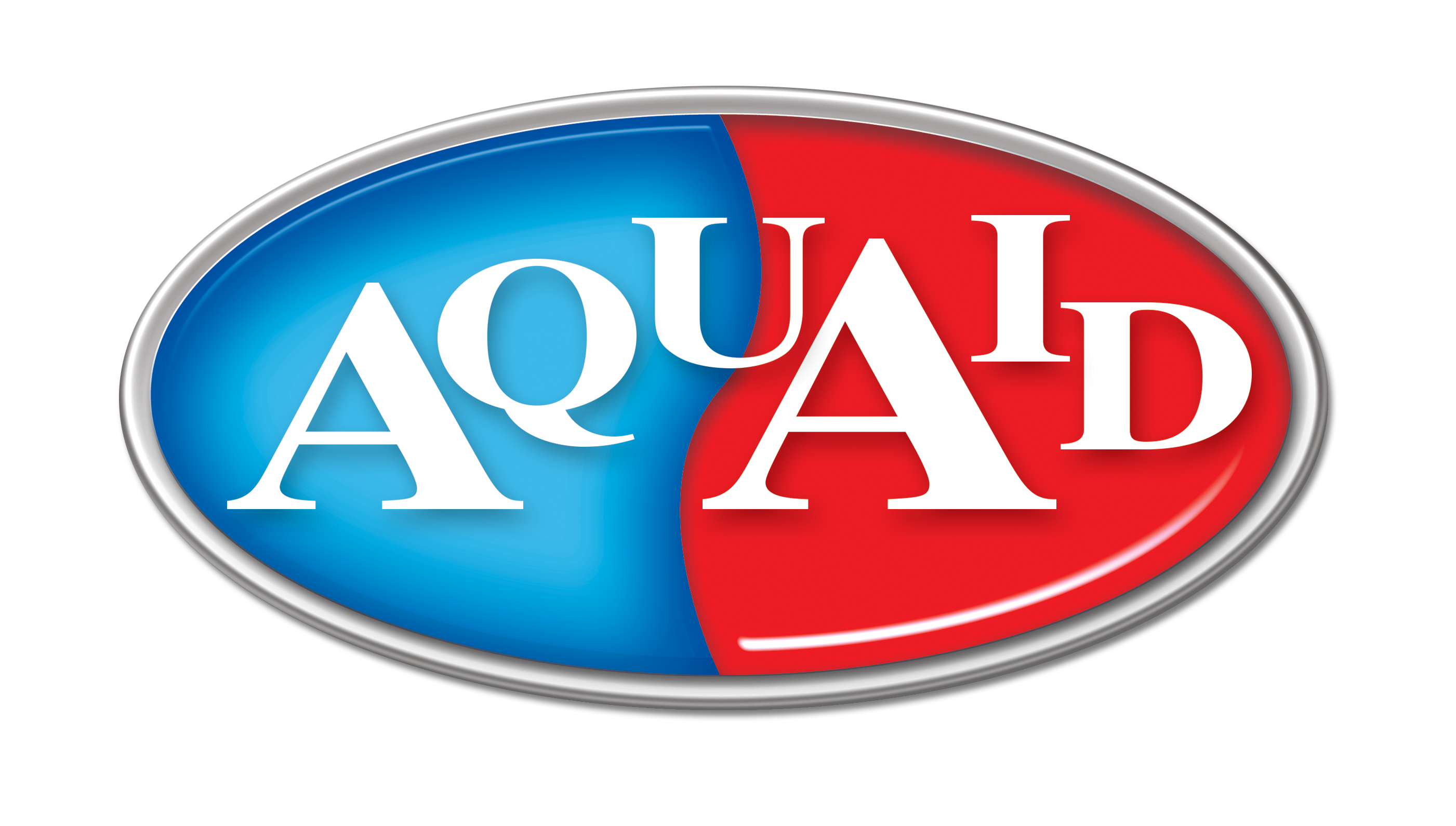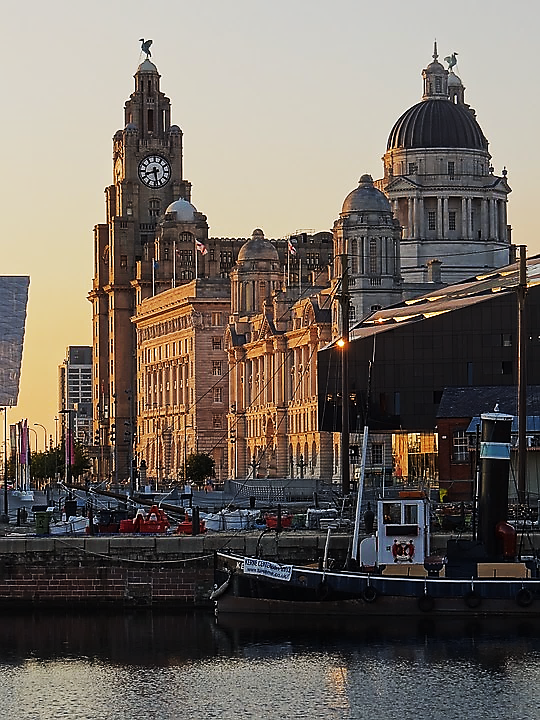
by Fern Shaw | Sep 1, 2017 | aquaid liverpool, water cooler, Water Coolers
AquAid Water Coolers have been in operation providing high quality water coolers, dispensers and water boilers since 1998. Today, AquAid have 23 branches throughout the U.K.
AquAid Liverpool has been operating since 2004 and is managed by the highly-experienced Paul Clough. Based in Netherton, Paul and his team supply an extensive range of innovative and high-quality water dispensers to in offices, worksites, medical facilities, universities, colleges and schools in and around the Liverpool area. Committed to meeting AquAid’s exacting customer service standards, they pride themselves on the superior service they provide to nearly 3,000 customers.
AquAid Liverpool is located at: 5-6 Lockwoods Development, Bridle Way, Netherton, Liverpool L30 4UJ.
Areas serviced: Altrincham, Birkenhead, Bromborough, Ellesmere Port, Failsworth, Formby, Knowsley, Leigh, Liverpool, Manchester, Oldham, Rochdale, Sale, Skelmersdale, St. Helens, Stockport, Wallasey, Wilmslow, Wirral, Wythenshawe.
Chester, Congleton, Crewe, Frodsham, Holmes Chapel, Knutsford, Middlewich, Newton-Le-Willows, Northwich, Runcorn, Sandbach, St Helens, Warrington, Widnes, Winsford.
Abergele, Anglesey, Bala, Bangor, Buckley, Caernarfon, Colwyn Bay, Conwy, Denbigh, Flint Mold, Prestatyn, Queensferry, Rhyl,
St. Asaph, Wrexham.
Bamber Bridge, Blackpool, Carnforth, Chorley, Garstang, Hesketh Bank, Lancaster, Leyland, Longridge, Morecambe, Preston, Southport, Tarleton, Wigan.
Certainly a mouthful but AquAid Liverpool has you coolered nonetheless!
For all Liverpool is renowned for:
- having two of the most famous football teams in the world: Liverpool and Everton*;
- having the most Grade II-listed buildings outside London, all 2,500 of them* or;
- the fact that Liverpool is the most filmed British city outside London, including films such as Sherlock Holmes, In The Name of The Father, Harry Potter and the Deathly Hallows, and The Dark Knight*;
It seems nobody knows how Liverpool actually got its name. The old English translation is ‘lower pool’ – ‘Liuerpul’ became Liverpool as the ‘u’ was corrupted to a ‘v’ – Liverpul – Liverpool but it might also have come from the Welsh word ‘llif’ meaning ‘flood’. Whichever the belief, the etymology of the name ‘Liverpool’ is not fully known.
Not to worry though, because whether you’re based in the unknown origin named Liverpool itself or further afield in Blackpool, Queensferry or Southport, AquAid Liverpool is available for all your water and water cooler requirements. They may not be ferrying across the Mersey to get to you, but they’re certainly always able to offer you the very best in water coolers and dispensers, whatever your set-up requires.
Contact them today – they’ll be more than pleased to assist.
*sources: Hallmark Hotels, BASE and Quora
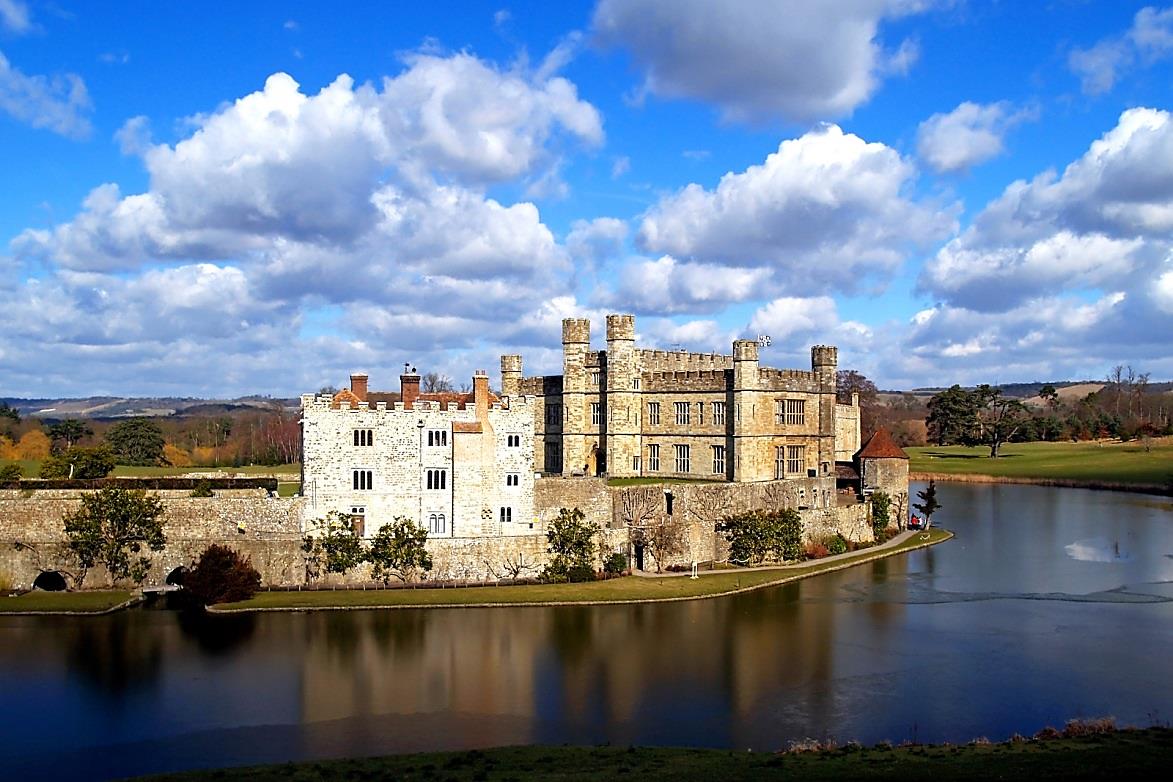
by Fern Shaw | Aug 3, 2017 | aquaid essex, water cooler, Water Coolers
The AquAid Essex branch is one of our longest standing branches and is managed by the highly-experienced Darren Brooks. Based in Basildon, Darren and his team pride themselves on the superior service they provide to more than 3,000 customers.
Since 1999 AquAid Essex has provided a wide range of water coolers, water dispensers and water boilers to a broad range of customers in offices; on worksites; at festivals, film locations; medical care facilities, hospitals; retirement homes; colleges; schools and universities the length and breadth of Essex, including:
Basildon, Billericay, Braintree, Brentwood, Burnham-on-Crouch, Chelmsford, Dagenham, Grays, Hornchurch, Ilford, Leigh-on-Sea, Loughton, Maldon, Rainham, Rayleigh, Romford, South Woodham, Southend-on-Sea, Wickford, Woodford Green.
Barnet, Camden, Enfield, Finchley, Haringey, Harrow, Herts, Islington, London, Southgate, Tottenham, Uxbridge.
Faversham, Gravesend, Maidstone, Medway, Northfleet, Sevenoaks, Sheerness, Sittingbourne, Tonbridge, Tonbridge Wells.
There’s an incredible history and culture to Essex which makes this county one of the most fascinating in Britain:
Essex* occupies the eastern part of the former Kingdom of Essex.
Chelmsford, which is the only city in Essex, was once the capital of England for a few days when the seat of Government was temporarily moved to the town 600 years ago.
The oldest timber-framed barn in the world is at Cressing Temple near Braintree*. The huge Barley Barn was built by the Knights Templar.
Essex is one of the few places in the world where the ‘Little Scarlet’ strawberry is grown, the perfect variant for jam making.
Southend Pier, at 1.33 miles long, is the longest pleasure pier in the world.
Wherever you’re situated in Essex – in the heart of Chelmsford – or further afield whether you’re in Braintree, Maidstone or Tottenham, for exceptional service that caters for all your water cooler and dispenser needs, contact one of the helpful team at AquAid Essex today.
*sources: Visit Essex and Wikipedia
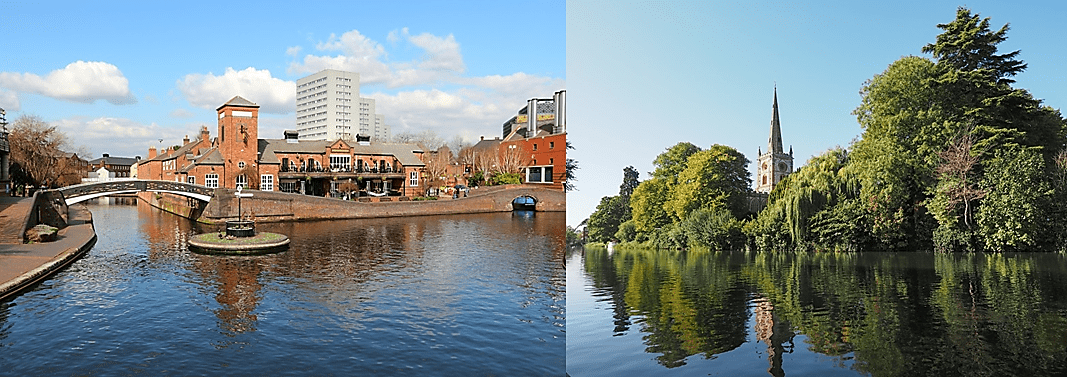
by Fern Shaw | Jul 31, 2017 | aquaid west midlands, water cooler, Water Coolers
AquAid Water Coolers has been in operation for the past 25 years. We’ve grown from our humble beginnings in 1992 to having 23 branches nationwide, supplying an extensive range of Bottled and Mains-Fed water coolers, water dispensers, water boilers and water related products to more than 33,000 customers throughout the UK.
AquAid has two branches catering to their customers in West Midlands: AquAid Birmingham and AquAid Coventry.
AquAid Birmingham has been in operation since 2003. The team are managed by the highly experienced Renatas Kontvainis. He and his team look after the water cooler and water provision requirements of more than 3,500 customers in and around Birmingham; from Aberystwyth to Wolverhampton.
AquAid Birmingham service a broad range of customers in offices; on worksites; at festivals, production shoots; medical care facilities, hospitals; retirement homes; colleges; schools and universities.
Birmingham and beyond!: Aberystwyth, Ashby de la Zouch, Birmingham, Burton, Cannock, Castle Donington, Coalville, Coleshill, Derby, Dudley, Hinkley, Kegworth, Kidderminster, Leicester, Loughborough, Melton Mowbray, Newcastle Under Lyme, Oswestry, Shrewsbury, Stafford, Stoke-on-Trent, Sutton Coldfield, Tamworth, Telford, Walsall and Wolverhampton.
AquAid Coventry, owned and managed by the very accomplished Nick Higginson, has been in operation for over 16 years. Whatever the requirements, Nick and his team supply an extensive range of innovative and high quality water coolers and dispensers to their more than 5,000 customers in offices, medical centres, colleges and schools in and around the Coventry area.
Areas covered by AquAid Coventry are: Bromsgrove, Cardiff, Coventry, Daventry, Droitwich, Evesham, Hereford, Leamington Spa, Kenilworth, Newport, Northampton, Redditch, Rugby, Shirley, Solihull, Stoke-on-Trent, Stratford-upon-Avon, Swansea, Warwick and Worcester.
Wherever you’re based in the Midlands, AquAid Birmingham and AquAid Coventry are more than equipped to meet your water cooler and water related product requirements.
To contact your local AquAid West Midlands representative, select the link for your relevant branch now.

by Fern Shaw | Jul 31, 2017 | aquaid london, water cooler, Water Coolers
Since its humble beginnings in 1992, AquAid has grown to the extent of being equipped to supply an extensive range of Bottled and Mains-Fed water coolers, water dispensers, water boilers and water related products the length and breadth of the UK.
Today, AquAid boasts 23 branches nationwide; including two branches in London, servicing London Central and London South East.
AquAid Central London has been in operation since 2002, supplying an extensive range of high quality water coolers, boilers, and dispensers to more than 800 customers. The branch is owned and managed by the highly experienced Steve Norley and he and his team pride themselves in meeting and exceeding all their customers’ water cooler and water related product requirements.
Areas serviced are: Central London, Hackney, Mayfair, Victoria, West End and Westminster.
AquAid London South East, owned and managed by the inimitable Paul Taylor, has been supplying water coolers, dispensers and bespoke water supply solutions to their customers for more than 16 years. Paul and his team look after more than 1,250 customers in offices, worksites, and schools throughout London’s South East.
Areas serviced are: Camden, Finchley, Islington, London, Southgate, Tottenham and Uxbridge.
Wherever you’re based in London, AquAid Central London and AquAid London South East are more than equipped to meet your water cooler and water related product requirements.
To contact your local AquAid London representative, select one of the above links for the branch relevant to you.
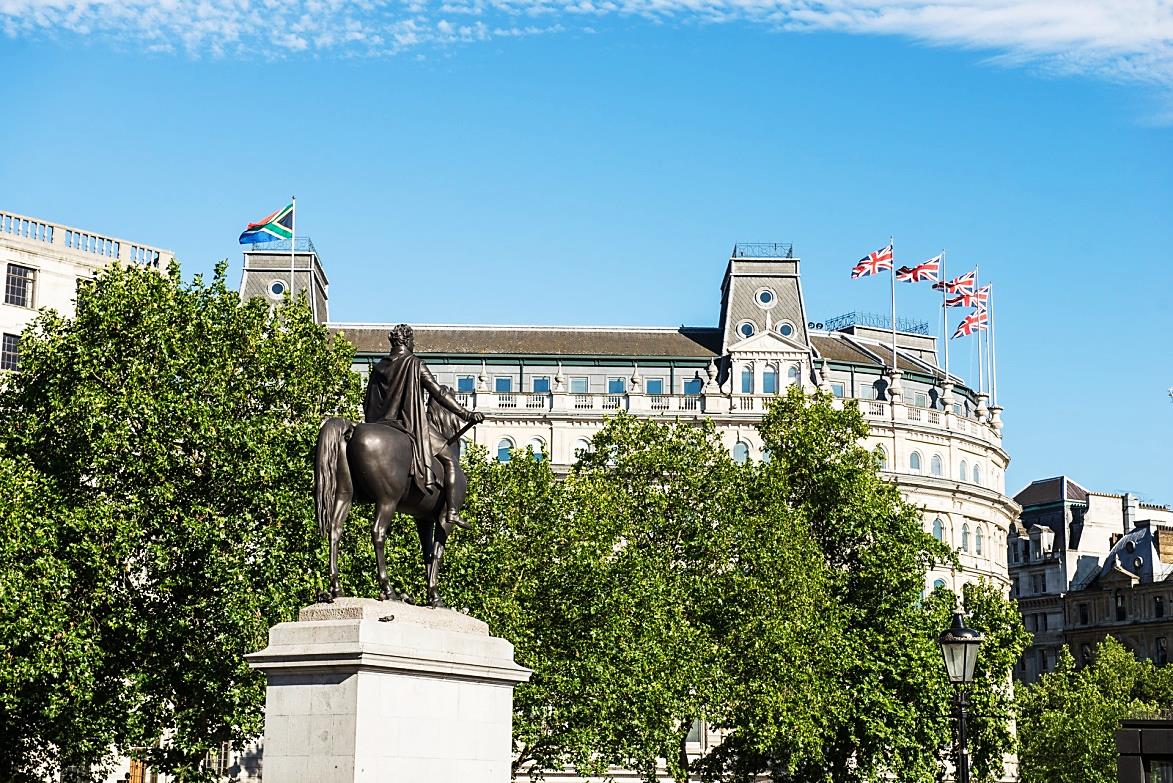
by Fern Shaw | Jul 31, 2017 | aquaid central london, water cooler, Water Coolers
We hope by now, by browsing our super new spiffy website, that you’ve seen that AquAid really do put the cool in your water cooler, and that we’re geared to be able to provide you with any requirements you may have, water cooler wise, across the United Kingdom. But you may not be aware that there is not one, but two, AquAid Water Coolers branches in London?
You didn’t? Well, step right up, dear customers, past, present and future and let’s introduce ourselves.
The first AquAid London branch we’re focusing on is the AquAid Central London branch, with premises in Andrews Road, E8 4QN.
AquAid Central London has been in operation for 15 years and services their more than 800 customers’ requirements for water, water cooler and water related products.
It’s almost impossible to itemise what makes London so special, so today we’re focusing on perhaps lesser known nibs of interest in and around the AquAid Central London office.
Sir John Soane’s: The architect of the Bank of England had a magpie’s eye for unusual and exquisite bric-a-brac. His former home has long served as a museum space to show off the collection, which includes period furniture, paintings by the likes of Hogarth and, most memorably, the sarcophagus of Seti I. Entrance to this one of a kind museum is free.
Great Ormond Street Hospital is possibly the best and most famous children’s hospital in the world. But what you may not be aware of is that the hospital owns the rights to Peter Pan. Peter Pan is one of the greatest children’s stories ever told, and in 1929, its author J. M. Barrie gifted the copyright to the hospital, eight years before his death.
King’s Cross Station is a magical place. The station features in many books and films, but its most famous appearance in either comes as the gateway to Platform 9¾ and the Hogwarts Express in the Harry Potter series. Author J.K. Rowling picked King’s Cross because her parents met on a train at the station (although the author was apparently thinking of Euston Station’s platforms 9 and 10 at the time).
Even if you’re based at Platform 9¾ in Central London, the AquAid Central London branch is more than equipped for all your water and water cooler requirements. They’d be delighted to assist, so please do get in contact.
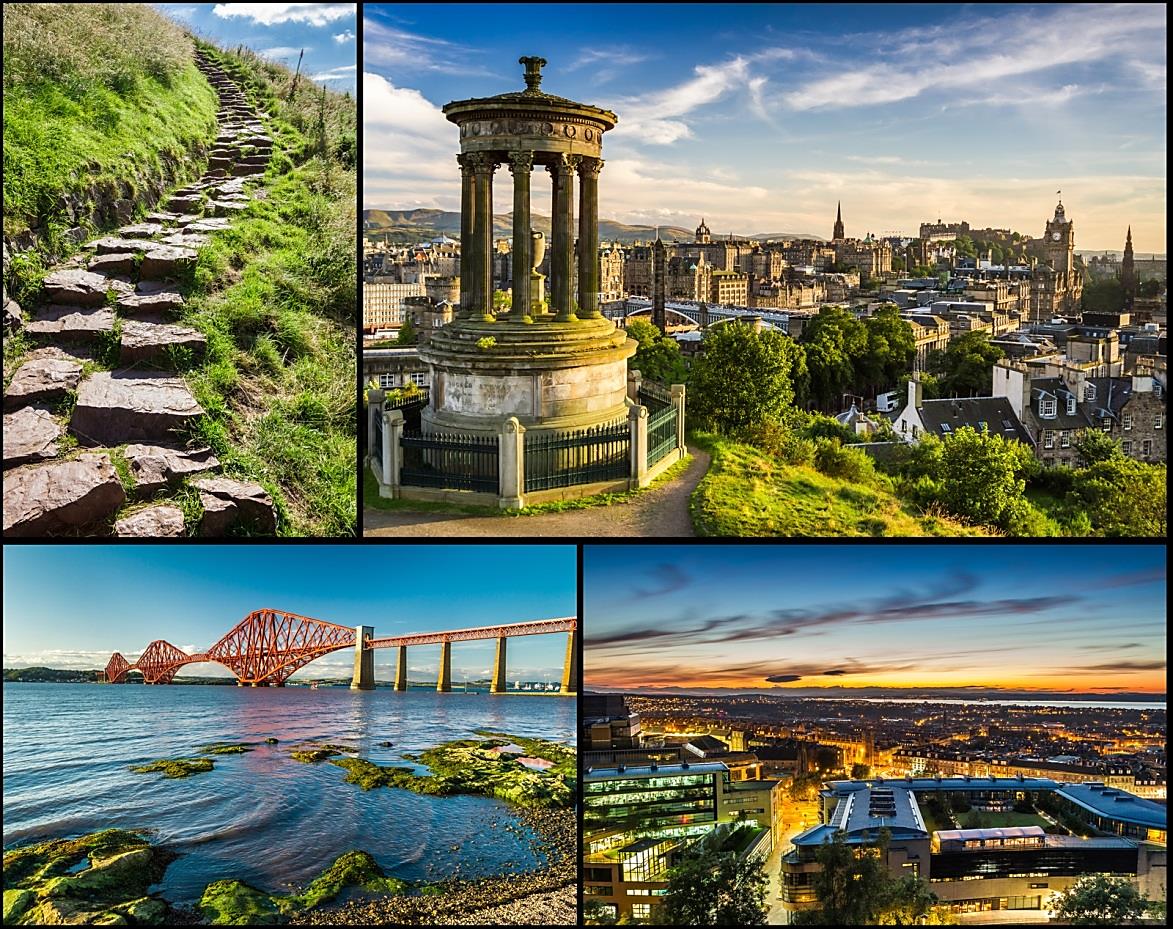
by Fern Shaw | Jul 10, 2017 | aquaid edinburgh, water cooler, Water Coolers
I don’t know about you, but if you’re not a local, when I think of Edinburgh and The Lothians, it always brings to mind unicorns, cobbled streets and interesting sounding bridge names. Perhaps the latter is due to my having read my way through the Rebus’ books. Whichever way you look at it, Edinburgh has a fascinating history and a legion of places, people and landmarks of interest.
AquAid Edinburgh, or AquAid Lothian as the branch is more commonly known, has been looking after their more than 1,000 customers in Edinburgh; Alloa; East Lothian; Falkirk; Fife; Midlothian; Perth; Scottish Borders and Stirling since they opened their doors in 2005.
Edinburgh & The Lothians are so close, yet they’re both so very different. Scotland‘s cosmopolitan capital city borders with miles of lush countryside and the attractive coastline of the Lothians.
But even if you’re a local, there are quite a few startling facts about this gorgeous city and region you may not be aware of.
Like the fact that the Castle is perched on top of part of a volcano.* Arthur’s Seat isn’t the only extinct volcanic feature in Edinburgh. Castle Rock is actually a volcanic plug, and it’s 340 million years old…
And, what about the source of Scrooge* – Charles Dickens invented the famous character of Scrooge when he misread the tombstone of successful Edinburgh merchant Ebenezer Scroggie in the Canongate Kirkyard. Dickens was horrified by the apparently hard-hearted inscription ‘Meanman’ – but the tombstone actually read ‘Mealman’ in recognition of Scroggie’s successful career as a corn trader. Thus, a legend was mistakenly born.
We can’t leave out the fact that 75% of the city’s buildings are listed.* In fact, Edinburgh has the most listed sites in the UK outside of London, with more than 4,500 buildings making the list.
It’s where the Encyclopaedia Britannica was first published.* The Encyclopaedia Britannica was first produced in Edinburgh, and the first edition caused controversy due to the anatomy section which was said to contain “unvarnished portrayals of the unmentionable parts of the human body.”
Rose’s Lime Juice was first made here.* Taking a tip from sailors avoiding scurvy at sea, Lauchlan Rose patented a method to preserve citrus juice using sugar in 1867 and Rose’s Lime Juice was born. The first factory to produce the now world famous cordial opened on Commercial Street in Leith in 1868.
The meaning of ‘caddie’.* The word ‘caddie’ is now commonly associated with golf, but is thought to have originated as a description of the men who were hired to carry pails of water up the tenement flats in Edinburgh’s Old Town.
The professional team of installers, drivers and engineers at AquAid Edinburgh certainly don’t bring you pails of water, but they are responsible for getting your water to you and keeping your water coolers in tip top condition.
For all your water and water coolers requirements in Edinburgh and The Lothians, contact any one of the amazing team at the AquAid Edinburgh branch – they’ll be delighted to assist.
*source: iNews

